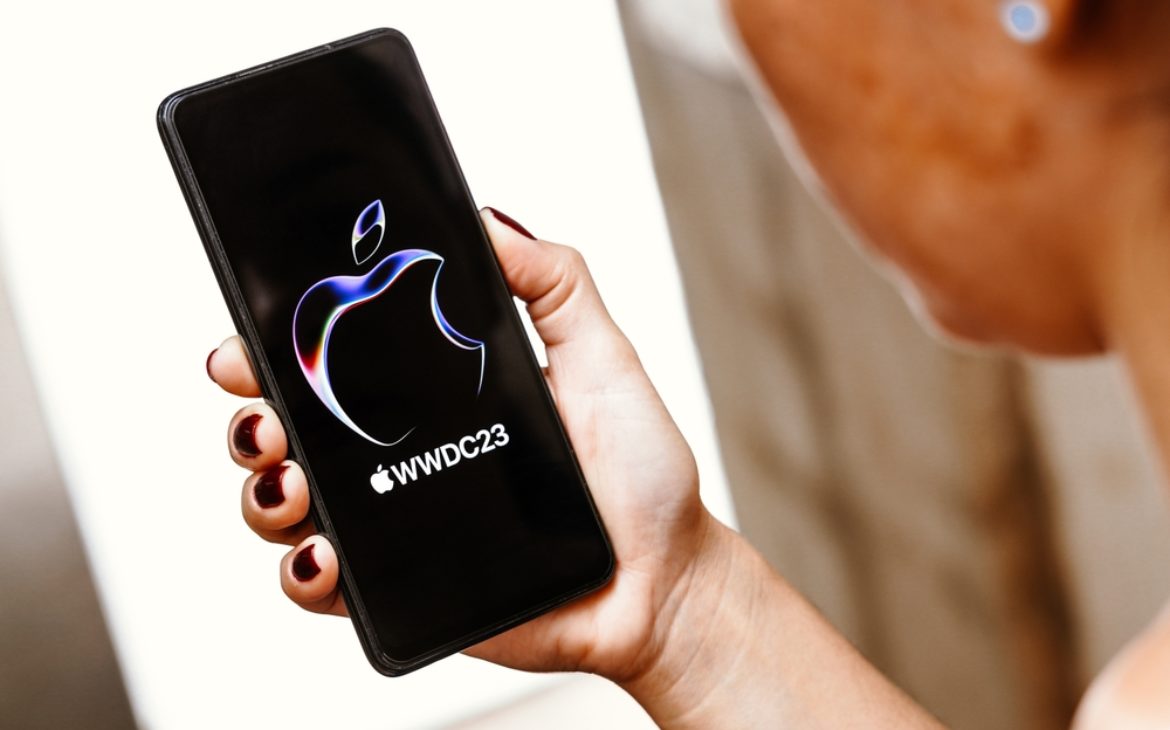One of the major highlights was the unveiling of Apple’s highly anticipated mixed reality headset, the Vision Pro. This headset combines virtual reality (VR) and augmented reality (AR) experiences, merging the real and digital worlds for both the wearer and observers. The Vision Pro features a single strip of glass on the front and incorporates the M2 and R1 chips for processing. It includes a digital crown for seamless transition between AR and VR, spatial audio through built-in speakers, and an external battery pack with a two-hour lifespan. However, the Vision Pro comes at a steep price of $3,499 and won’t be available until early next year.
Apple also introduced visionOS, a new operating system specifically designed for the Vision Pro headset. This OS allows users to interact with virtual apps and icons layered over the real world, utilizing eye tracking, hand gestures, and voice commands. The Vision Pro headset enables users to engage with various native Apple apps, including Safari, FaceTime, Photos, Music, and more. It can also be used as an external display for Mac computers, offers gaming capabilities through Apple Arcade, and can capture videos.
In addition to the Vision Pro, Apple announced a new MacBook Air with a larger 15.3-inch display, making it the “world’s thinnest” 15-inch laptop. This updated MacBook Air weighs just over three pounds, boasts up to 18 hours of battery life, and includes a 1080p webcam. Priced at $1,299, it is available to order now and will be released next week.
Apple also unveiled upgraded versions of its desktop devices, the Mac Studio and Mac Pro, both powered by the new M2 Ultra chip. These devices offer significant performance enhancements with up to 24-core CPU and up to 76-core GPU options. The Mac Studio starts at $1,999, while the Mac Pro begins at $6,999 and provides PCIe expansion capabilities.
In the software realm, Apple introduced a new app called Journal for iOS, aimed at promoting mental health by allowing users to log their thoughts and experiences securely. It will arrive later this year.
The upcoming operating system iOS 17 brings several new features, including a StandBy display mode, transcription for voice messages, a safety-focused Check In feature that lets you share your location, and the ability to easily share contact details with other iPhone users via NameDrop.
The new iPadOS 17 introduces interactive widgets for quick access to apps and features, updates to the Notes app’s PDF capabilities, and adds a personalized lock screen and the Health app. The macOS Sonoma is getting visual upgrades, including desktop widgets and moving screensavers, while the Safari browser gained the ability to pin web apps to the Dock and create profiles for different browsing sessions. Widgets are also making their comeback to watchOS 10, allowing users to glance at various information on their Apple Watches.
Apple has also introduced a new game mode for macOS that will prioritize the GPU and CPU while gaming, and announced the arrival of games like Death Stranding to the platform.
Finally, it’s worth noting that FaceTime will soon be available on Apple TV, making use of the iPhone’s Continuity Camera to enable you to see and communicate with the people you’re meeting from your television using your iPhone instead of a webcam. Additionally, thanks to the Center Stage feature, it will guarantee that you are in frame at all times.
